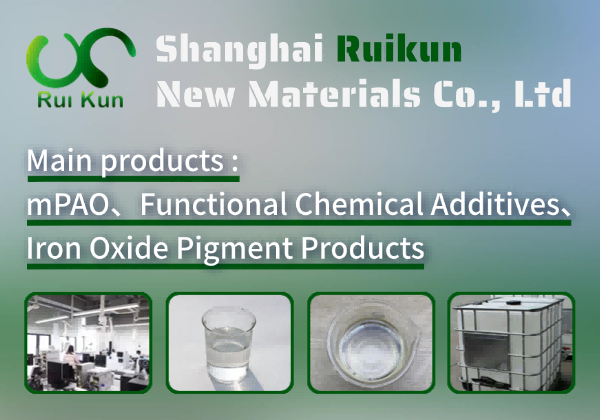What is hydrochloric acid trihydrate
**Introduction to Hydrochloric Acid Trihydrate** Hydrochloric acid trihydrate (HCl·3H₂O) is a crystalline solid form of hydrogen chloride (HCl) stabilized by three water molecules. Unlike anhydrous HCl gas or aqueous hydrochloric acid, this trihydrate offers a more controlled and stable handling option for industrial and laboratory applications. It forms at low temperatures (below –30°C) and is useful in specialized chemical synthesis, catalysis, and as a precursor for controlled HCl release. Its solid-state properties reduce volatility and corrosion risks compared to gaseous HCl, making it safer for certain processes. Hydrochloric acid trihydrate is particularly valuable in cryogenic chemistry, material science, and as a reagent where precise dosing of HCl is required.
Preparation Process: To prepare hydrochloric acid trihydrate (HCl·3H₂O), follow these steps: 1. **Cool Concentrated HCl**: Chill concentrated hydrochloric acid (37–38%) to below 0°C in an ice-salt bath. 2. **Introduce HCl Gas**: Bubble dry hydrogen chloride (HCl) gas into the cooled acid until saturation is achieved. 3. **Crystallization**: Allow the solution to crystallize at temperatures between –30°C and –20°C, forming HCl·3H₂O crystals. 4. **Isolation**: Filter the crystals under cold conditions to prevent melting or decomposition. 5. **Storage**: Keep the product in a sealed container at subzero temperatures to maintain stability. Use anhydrous conditions to avoid excess water absorption.
Usage Scenarios: Hydrochloric acid trihydrate (HCl·3H₂O) is a crystalline solid form of hydrochloric acid, primarily used in specialized chemical synthesis and laboratory applications. It serves as a stable, controlled-release source of hydrogen chloride (HCl) gas, particularly in reactions requiring precise HCl delivery. The compound is employed in organic synthesis for hydrochlorination, acid-catalyzed reactions, and as a reagent in peptide bond formation. Its solid-state properties make it useful in low-temperature or anhydrous conditions where liquid HCl is impractical. Additionally, it finds niche applications in material science for etching and surface treatment of metals and semiconductors. The trihydrate form offers safer handling compared to gaseous or concentrated liquid HCl.
hydrochloric acid trihydrate Basic Info
hydrochloric acid trihydrate Price
1. **United States**: $50 - $200 per ton
2. **China**: $30 - $150 per ton
3. **Russia**: $40 - $180 per ton
4. **Germany**: $60 - $250 per ton
5. **India**: $20 - $120 per ton
6. **Japan**: $70 - $300 per ton
7. **Brazil**: $35 - $160 per ton
8. **South Korea**: $50 - $220 per ton
9. **Philippines**: No results
10. **United Kingdom**: $65 - $270 per ton
11. **France**: $60 - $260 per ton
12. **Mexico**: $30 - $140 per ton
13. **Canada**: $55 - $230 per ton
14. **South Africa**: $25 - $130 per ton
15. **Egypt**: $20 - $110 per ton
16. **Turkey**: $35 - $150 per ton
17. **Thailand**: $25 - $120 per ton
18. **Indonesia**: No results
These ranges are approximate and may vary based on market conditions and specific suppliers.


 沪ICP备2021018848号-5
沪ICP备2021018848号-5

